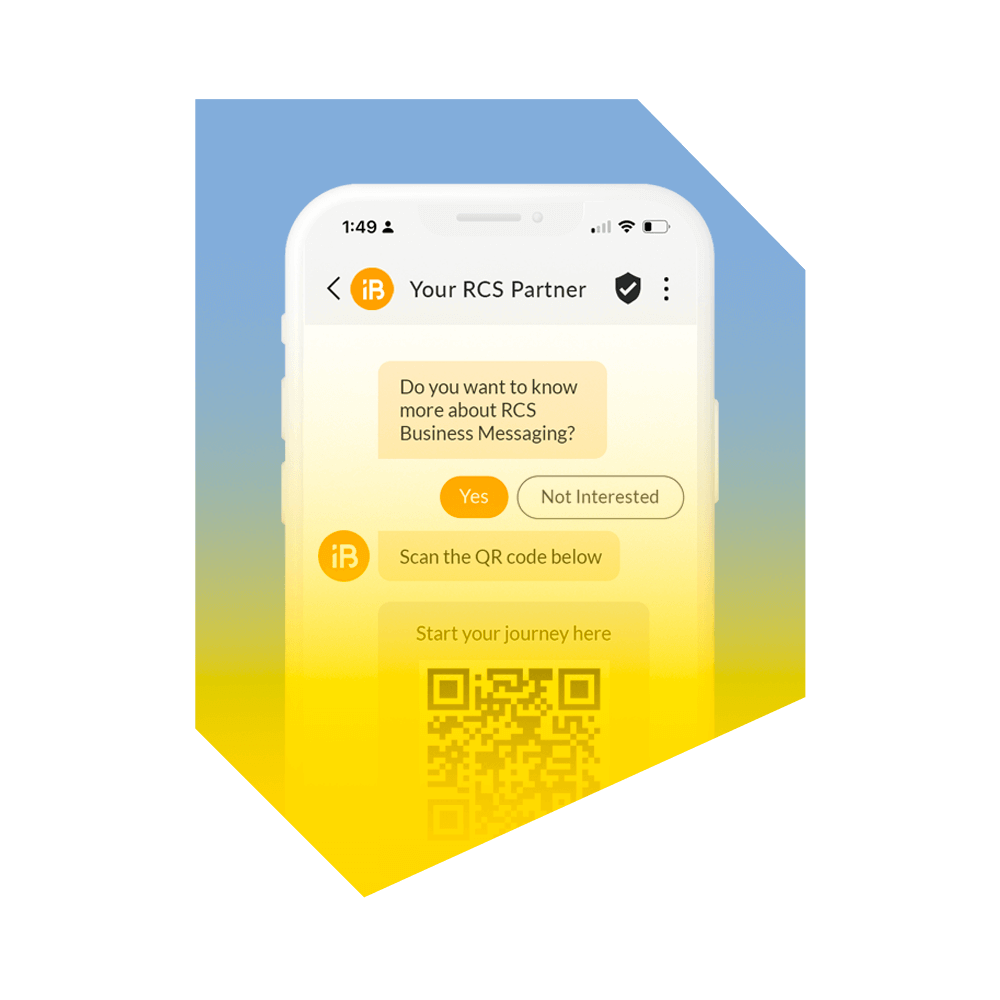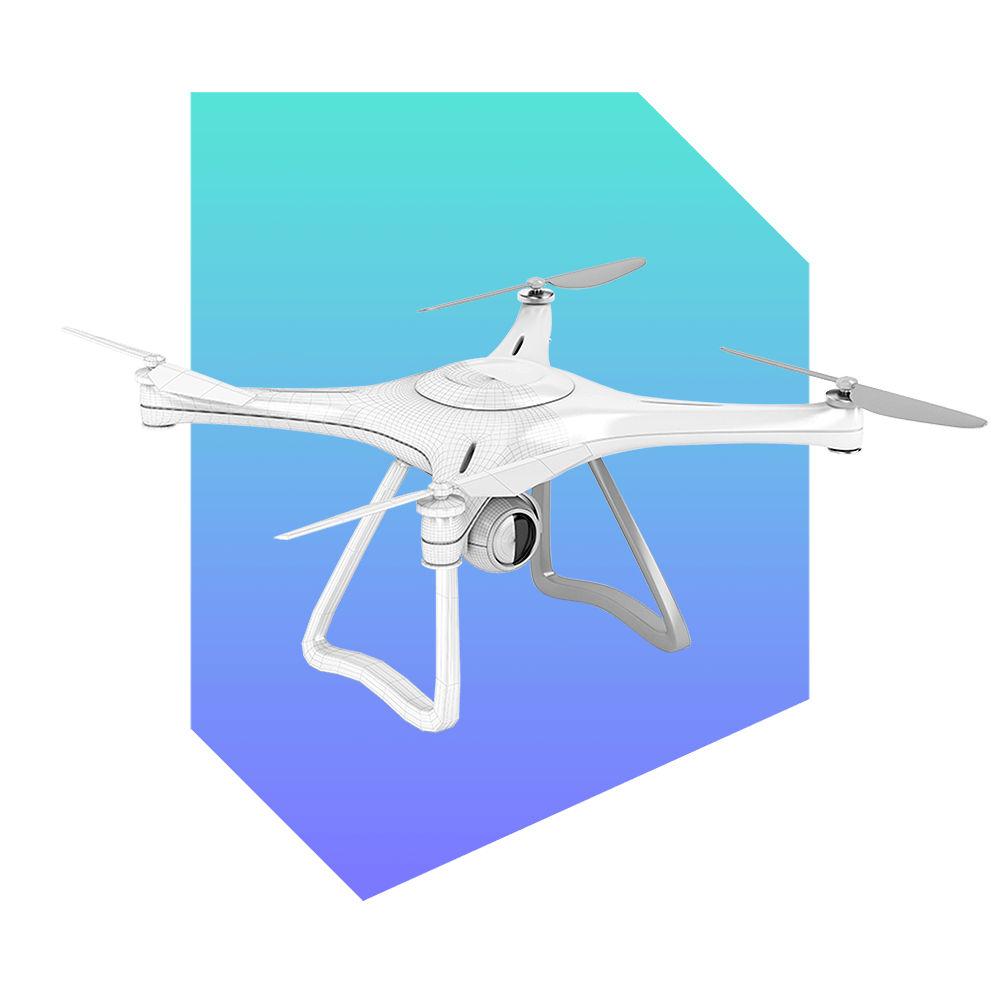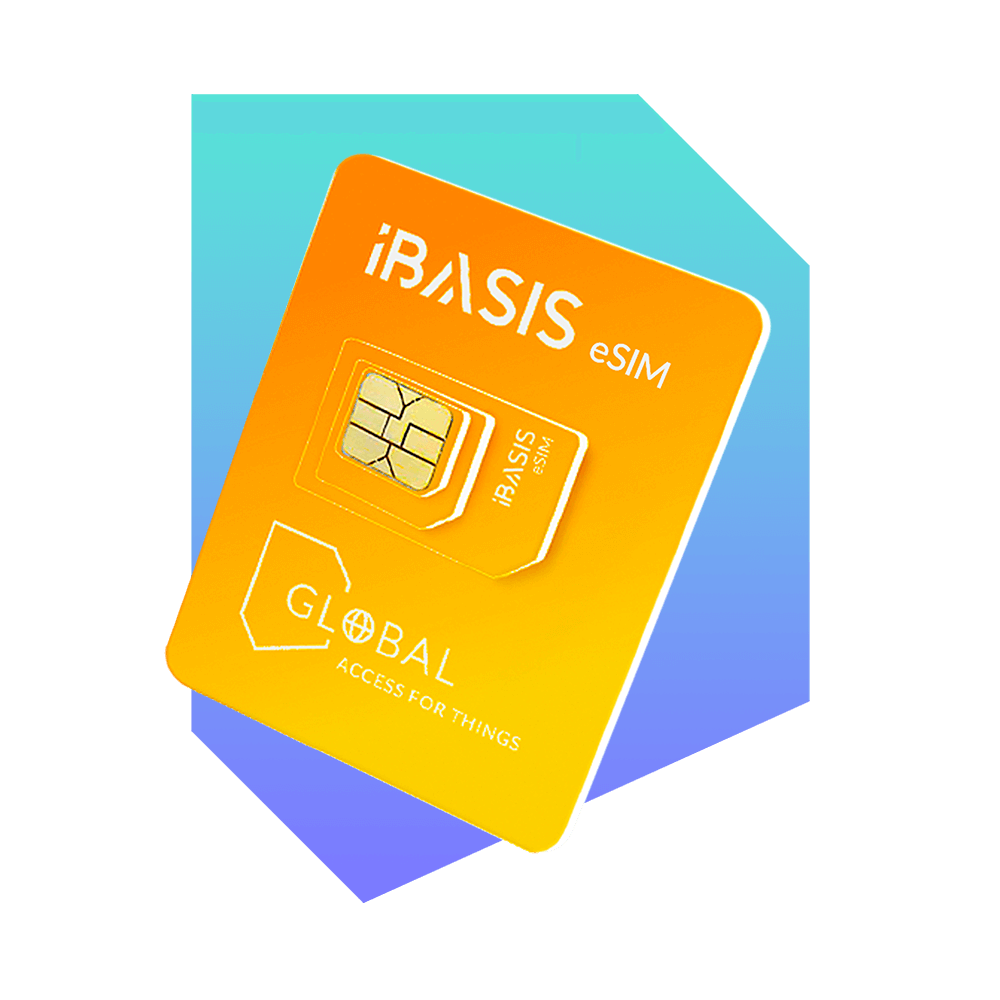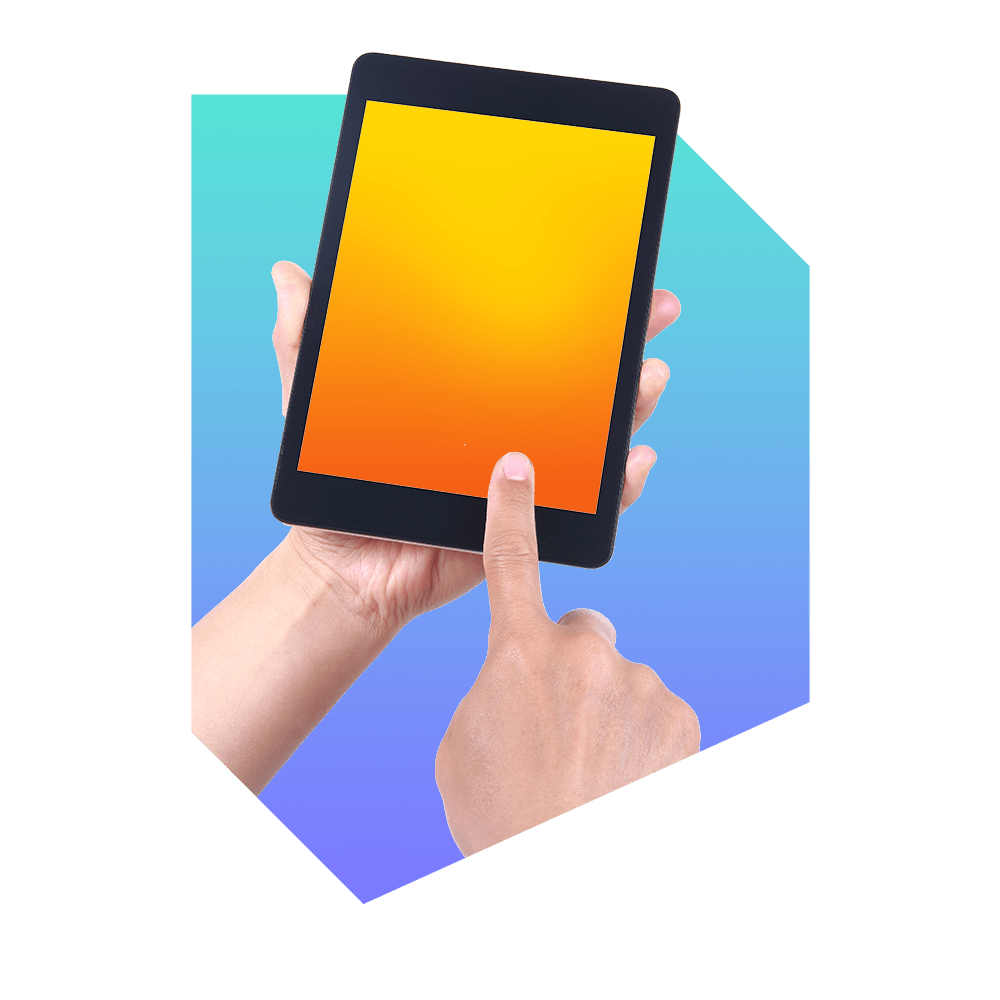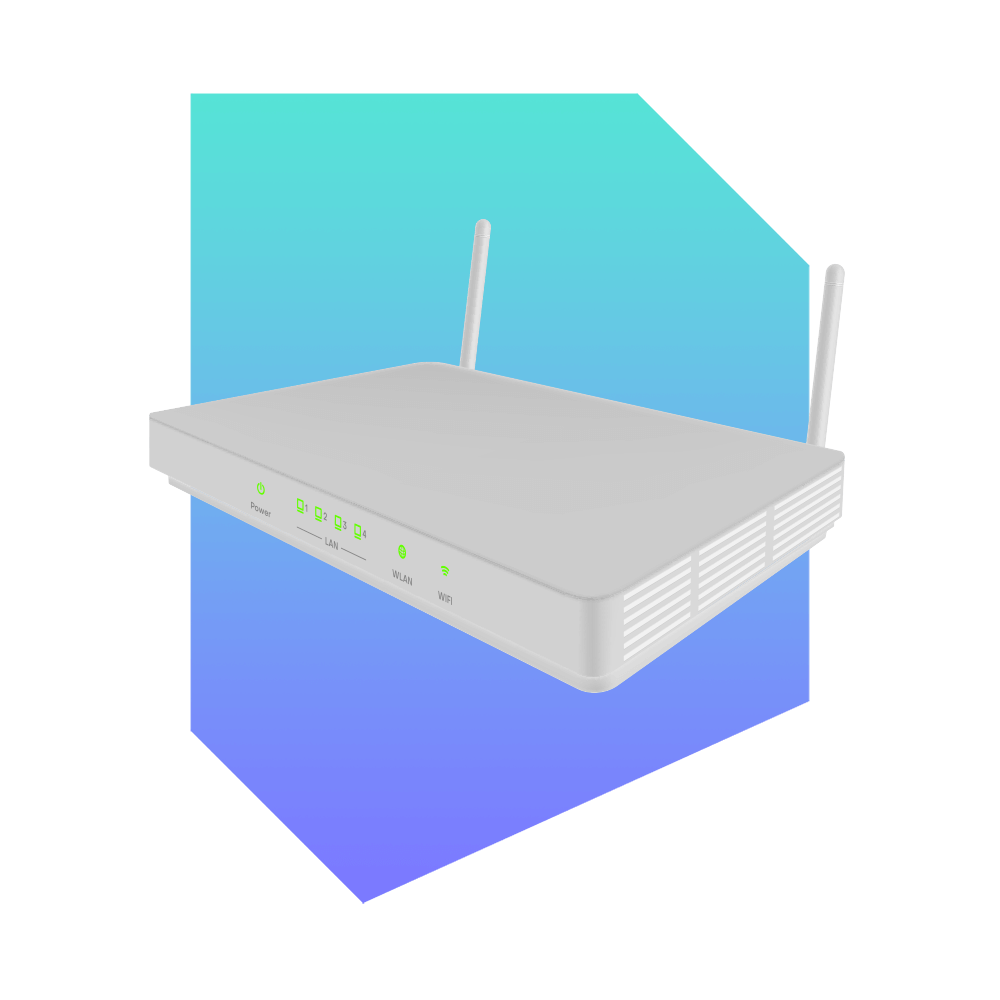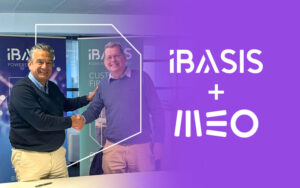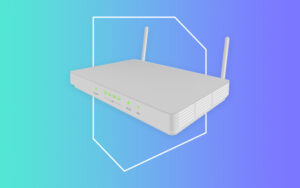
Enterprise Mobility Today
Is texting via SMS becoming a thing of the past?
It seems that calling with our phones or messaging using SMS/MMS on our smartphones is becoming more and more of a rarity. Probably because in today’s world, we have access to a number of alternative mobile devices and applications that allow us to communicate with colleagues, family, and friends. These include devices such as smartphones, tablets, and laptops/2-In-1s and applications like WhatsApp, Viber, iMessage, or Jabber.
In order to use many of these devices and applications, staying connected is critical. At home or at work, WiFi is usually how we stay connected, while we rely on cellular connectivity whenever we travel outside these locations. However, in recent years, mobile WiFi (MiFi) dongles and stand-alone multi-device connectivity MiFi Hotspots have become available for connecting laptops, tablets and other devices to the mobile data network. We’ve also seen a rise in advances such as MiFi Hotspots built right into the latest 4G smartphones, laptops with SIM slots built in, and 4G enabled tablets.
Shifts to new Devices
Not surprisingly, with these advances, more and more “connected” devices are beginning to hit the market. These devices are making use of newly offered embedded cellular modules and embedded SIM (eSIM) technology to offer advanced mobile connectivity features while using less real estate on the device. As a result, we are seeing an increase in not just smartphones and tablets, but also in connected wearables hitting the market. Even more important is the fact that with eSIM technology, these wearables can access mobile data directly without having to be tethered to your smartphone!
According to P&S Market Research, the smartwatch market is expected to reach $43.8 billion by 2023, with the standalone (untethered) category projected to experience the highest growth during the forecast period. Smartwatches like the Samsung Gear S2, Huawei Watch 2 and the Apple Watch Series 3 are among the new connected smartwatches on the market that utilize eSIM technology for 4G/3G mobile data connectivity.
Similarly, some of the latest 2-In-1s, like the ASUS Transformer Mini T102HA and the Microsoft Surface Pro 2-in-1 with LTE Advanced, provide “anywhere” connectivity by including 4G/3G access with eSIM technology built-in. According to Microsoft, the Surface Pro 2-in-1 delivers 4G LTE connectivity around the world with support of 20 LTE bands.
Other shifts toward new devices include more niche wearable technology like smart glasses. Although they remain tethered for safety reasons, smart glasses like the Vuzix Blade and Intel Vaunt are seeing greater and greater use in the Enterprise environment in Augmented Reality (AR) applications.
Shifts to new Technologies
In addition to new devices, new technologies are emerging to enhance the usability of these devices. Going back to AR devices, one important example of shifts in technology is the gesture-based AR controls by companies like ManoMotion, Crunchfish and uSens. “We firmly believe that virtual reality and AR is the next form of the computer, the next generation of smart devices,” Dr. Yue Fei, the co-founder and chief technology officer of Bay Area human-computer interaction specialist uSens, told Digital Trends.
Although voice assistants are not entirely new, assistants like Amazon Alexa and Google Assistant are getting more and more skills and are being continuously improved with artificial intelligence and machine learning techniques.
Even the default technology for voice calling and messaging applications are getting a facelift on Android smartphones. Android and Samsung Messages are planned to be in wide use by the summer of 2019 and is based on a standards based open voice and messaging service developed specifically for the mobile device industry.
Enterprise Mobility vs. Consumer Mobility
So what does this mean for the enterprise versus consumer markets?
Mobility devices and functionality for the Enterprise and Consumer markets do overlap to some degree based on the size of the organization and the communication applications they use. For example, very small businesses can have much in common with the consumer market if they do not specifically seek out a specialized Enterprise Mobility Provider (ranging from AT&T to Wavelink). However for larger enterprises, there are some distinct differences: specific business applications, team collaboration applications and web conferencing applications. Larger enterprises often require higher performance devices which support global connectivity (e.g. tablets, 2-in-1s and smartphones) much more than your typical consumer. Because of this, newer, higher-priced technologies are often introduced to enterprises first, before making their way to the Consumer market. As new technologies emerge, we will therefore see more enterprise specific devices that accelerate business productivity and intelligence (e.g. enterprise specific wearables and AI functions). Of course, when it comes to the commercial side of things, enterprises obviously want a single contract, a single bill, pooled data across their devices and a single provider for their global mobile service needs, regardless of their size.
We at iBasis envision employees of the next generation enterprise will perform business tasks using these emerging devices and technologies. iBasis Global Access for Things is helping a number of companies enable the next generation of enterprise mobility with a single source for mobile data access, globally. Stay tuned for part II of this series to see how we envision this future. Come join us for the journey!


















